From Shall we Dance, featuring Fred Astaire and Ginger Rogers sailing from Paris to New York, to Gentlemen Prefer Blondes with Marilyn Monroe and Jane Russell making the journey in the opposite direction, ocean liners were a byword for luxury and glamour in Hollywood's golden age. From the 1920s to the 1960s, these floating temples of style were paradigms of maritime engineering and elegant design, offering a fantasy world of opulence and sophistication as they swept across the Atlantic at speeds of up to 58km per hour.
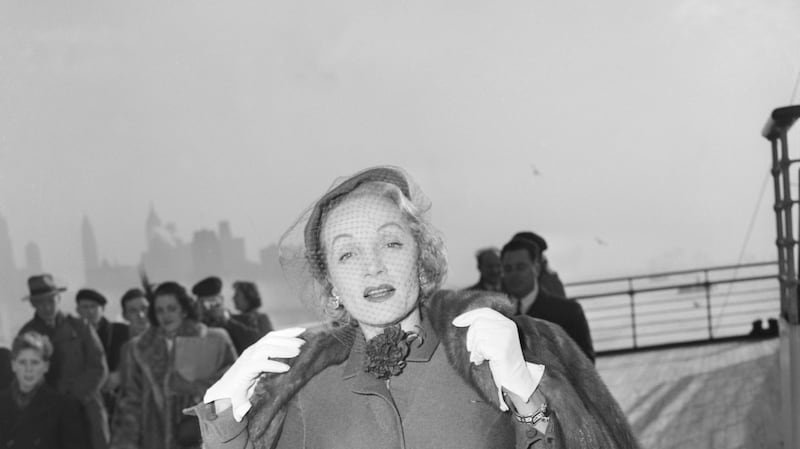
The great liners were showcases of style, both in terms of their design and decoration, produced by some of the great artists of the age, and in the clothing and jewellery worn by the rich and famous guests on board. So it comes as a surprise that the lavish and captivating Ocean Liners: Speed and Style at the Victoria and Albert Museum in London until June 10th (vam.ac.uk) is the first ever major international exhibition on the subject.

The exhibition spans the history of the ocean liner from 1840 to the 1960s, when the rise of commercial aviation brought their glory days to an end, heralding a new era of top-heavy cruise ships piled high with sea-facing cabins. The novelist Jules Verne captured the essential spirit of the ocean liner in 1876, when he sailed on Isambard Kingdom Brunel's Great Eastern.
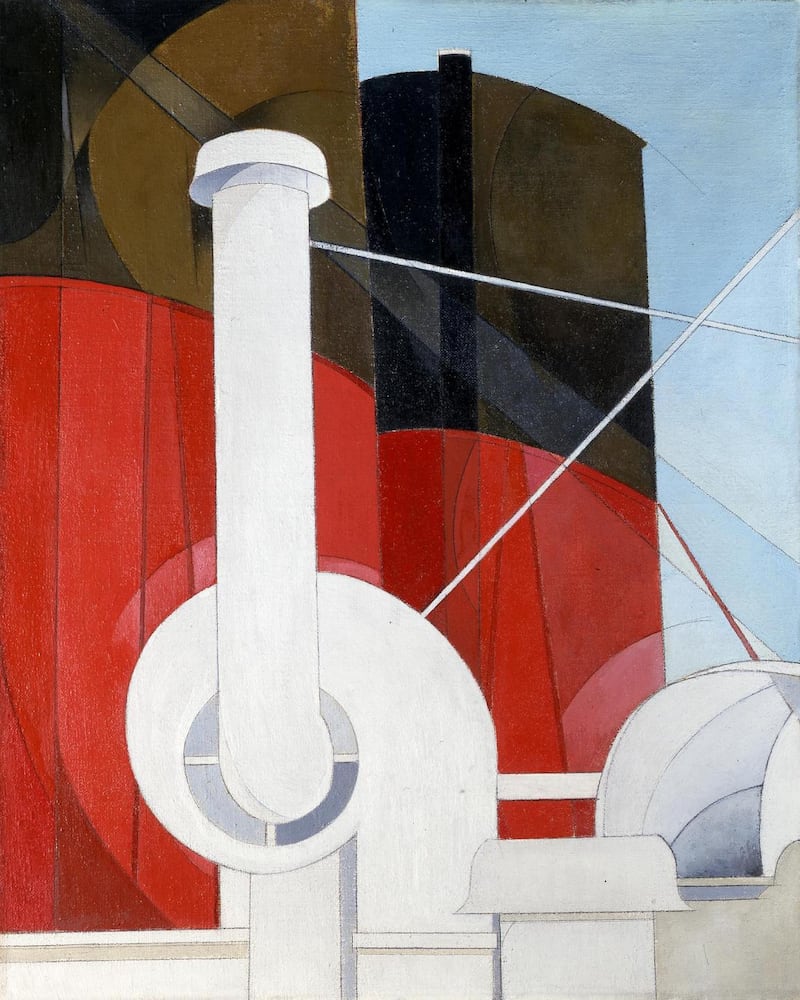
“More than a vessel it is a floating city, part of the country, detached from English soil,” he wrote.
"The Great Eastern is not merely a nautical engine, but rather a microcosm, and carries a small world with it, an observer will not be astonished to meet here . . . all the instincts, follies and passions of human nature."
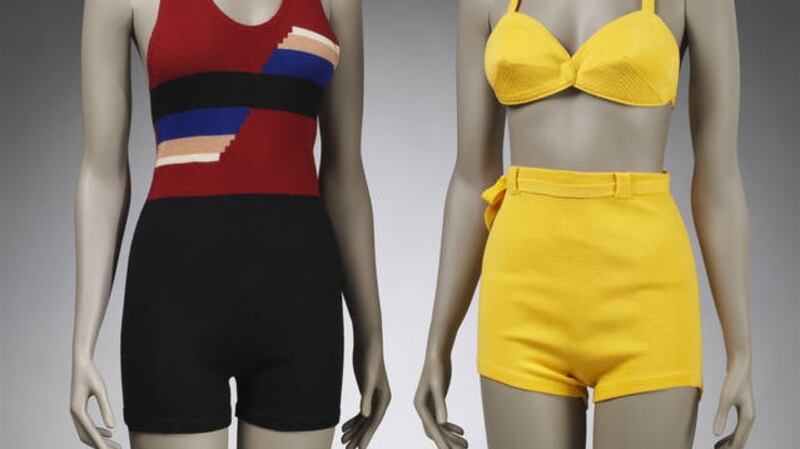
Appalling conditions
Before the first World War, ocean liners transported millions of migrants from Europe to America, often in appalling conditions. The two best-remembered liners of the early 20th century are associated with tragedy, the Titanic which sank in 1912 and the Lusitania, sunk by a German U-boat off the coast of Cork in 1915.
Among the show's estimated 250 exhibits is a 1909 Cartier diamond and pearl tiara that belonged to Lady Marguerite Allan, who was on the Lusitania when it sank. The tiara was rescued from the sinking ship by one of her maids who escaped with her, but Allan's two daughters, who were in a different part of the ship, were lost.
Ocean liners were pressed into service during the war, when they were used as troop ships, but they had to reinvent themselves in the early 1920s, when the United States halted mass immigration from Europe. Now, the shipping companies turned to the luxury market, portraying an ocean crossing as a glamorous leisure experience, with Cunard adopting the motto "Getting There is Half the Fun!"

French, German and British shipping companies competed with one another to create ever more stylish and opulent liners, which became symbols of national power and pride. The great French liner Normandie, which came into service in 1935, was perhaps the most beautiful passenger ship ever built, with its magnificent art deco interiors and furnishings. A vast golden lacquer panel from the Normandie's first class smoking room showing scantily dressed young men and women playing sports is one of the highlights of the exhibition.
Design
Le Corbusier, the Swiss-French architect, designer and painter, was interested in the ocean liner as a modernist metaphor, suggesting that if architects designed houses like engineers design the functional parts of a ship, they would create a new architecture. Eileen Gray based her Transat chair, which is shown in the exhibition, on an ocean liner deckchair, turning it into an Art Deco masterpiece.
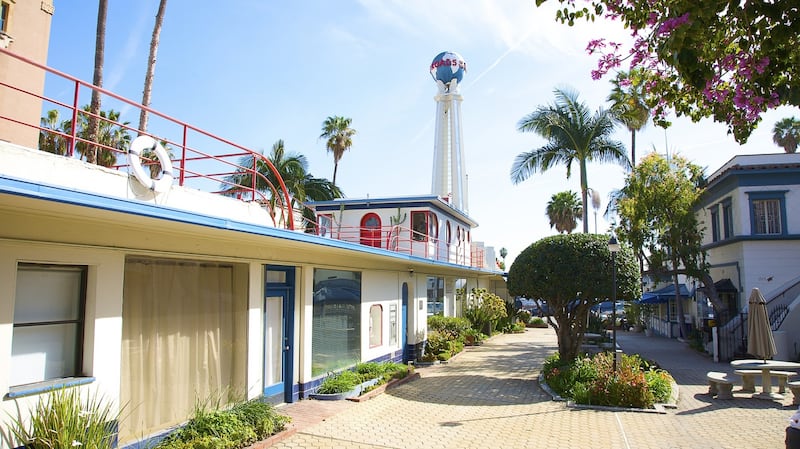
If the French embraced the latest visual styles, Cunard was more conservative, fitting out the Queen Mary and the Queen Elizabeth in a style that harked back to the great days of empire. The Queen Mary's first class dining room looked like the inside of an English country house, dominated by a soaring mural depicting Merrie England.
The exhibition recreates life on board an ocean liner, so that the visitor moves through an engine room before coming up on deck to the sound of seagulls. At the heart of the exhibition is “Life on Board”, which uses video projections and short films as well as artefacts and models to recreate a passenger’s experience on an ocean liner.
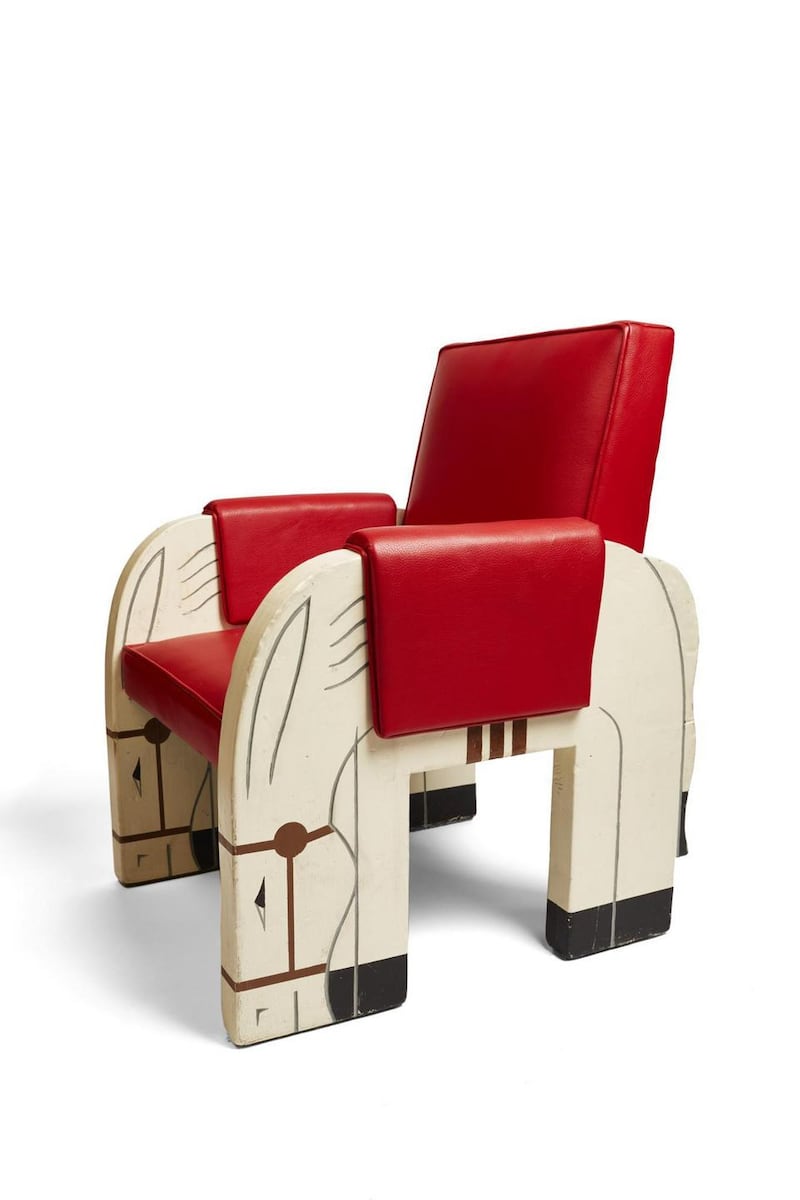
A giant digital installation shows elegantly dressed women and men making the grande descente, the nightly parade down the staircase from the upper deck to the lounge. These grand staircases served as a viewing platform for women wearing the latest fashions from the design houses of Paris and the photographer Cecil Beaton lamented that the Queen Mary was not fitted with one.
“When constructing a boat, even a luxury liner, the English do not consider their women very carefully. There are hardly any large mirrors in the general rooms, no great flight of stairs for the ladies to make an entrance,” he complained.
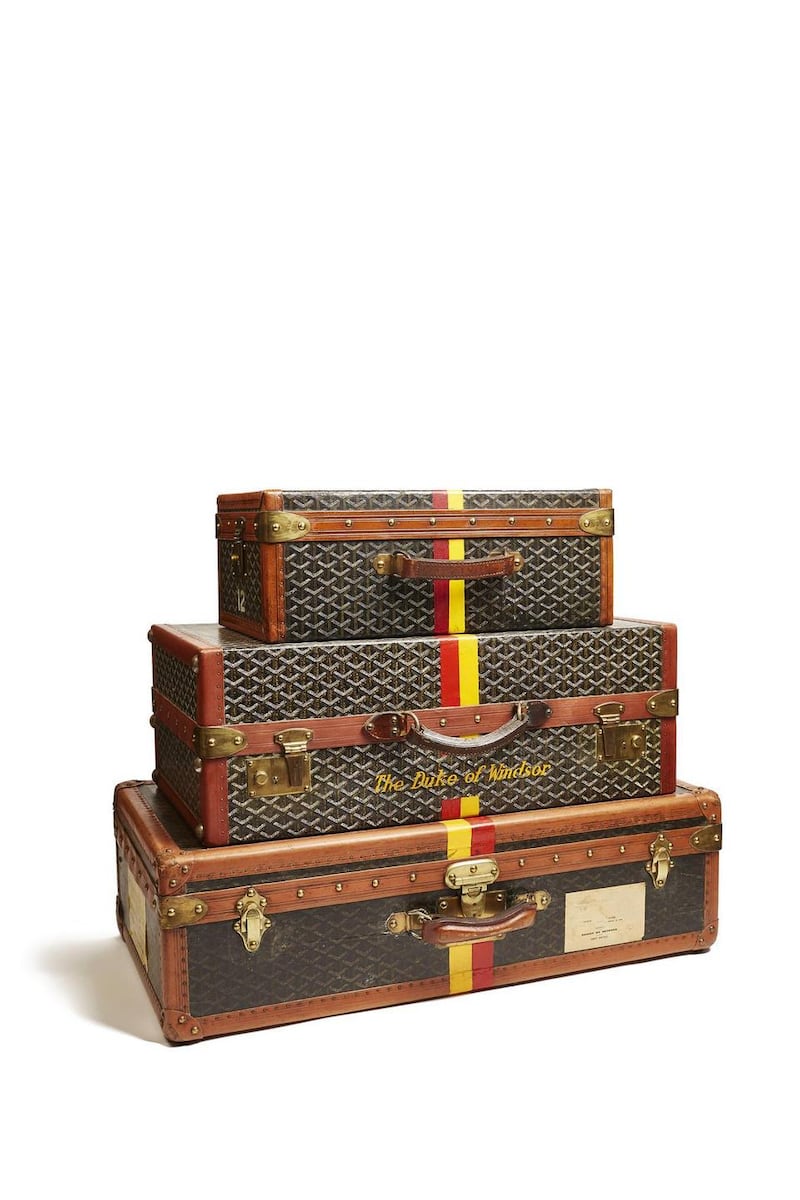
Class structure
Life on board was highly structured and strictly stratified according to class, although a Vogue writer who travelled third class on the Normandie in 1935 marvelled at the opulence of the dining room.
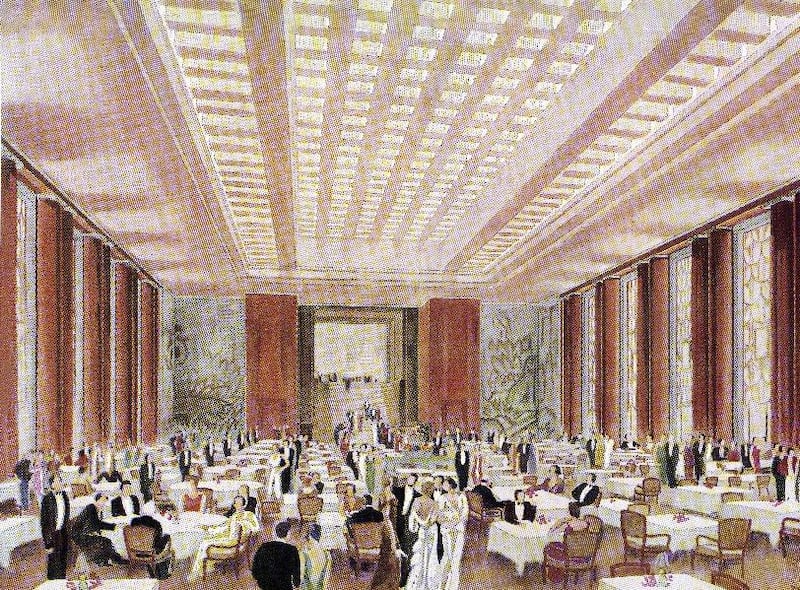
The final section of the exhibition, which is sponsored by Viking Cruises, offers a dispiriting display of the hideous, hulking behemoths which have supplanted the great ocean liners, with none of the beauty, elegance or charm of their predecessors. Ocean Liners: Speed and Style offers a glimpse into that earlier world which, for F Scott Fitzgerald, encapsulated the human experience.
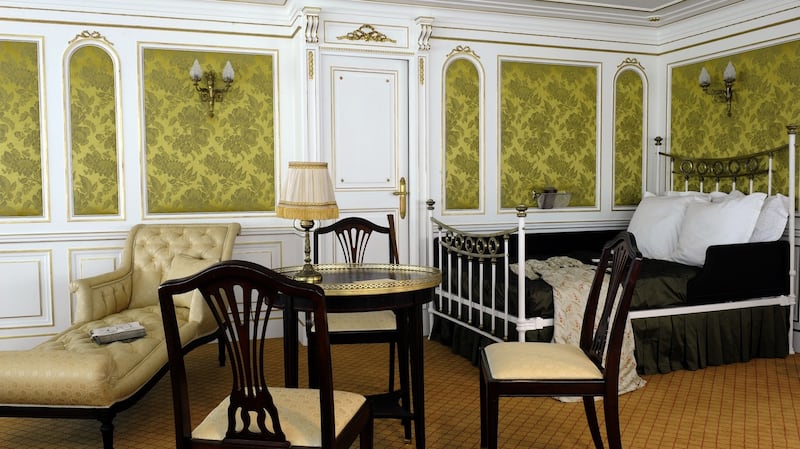
"Up the gangplank and the vision of the world adjusts itself, narrows. One is a citizen of a commonwealth smaller than Andorra, no longer sure of anything," he wrote.
“Next the loud mournful whistles, the portentous vibration and the boat, the human idea – is in motion.”













